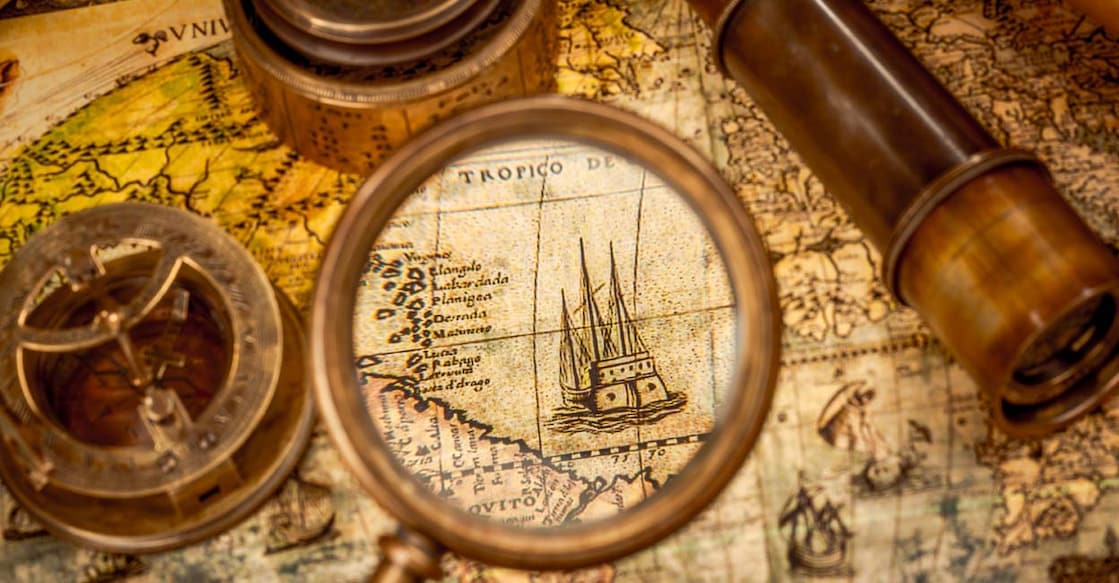When an alleged case of piracy near Cochin put Colombo on high alert in 1925

Mail This Article
Over the centuries, there have been many stories of piracy in the waters off Kerala. For instance, the Portuguese, the real pirates, used the term to describe the Kunjali Marakkars, the naval commanders who served the Zamorin of Calicut. Once the British established control of the seas surrounding the Indian peninsula, they clamped down on pirates with a fair degree of success.
In the 1920s, however, the waters off Cochin began to become a hotbed of piracy once again. In February 1924, the Straits Times correspondent in Cochin wrote a report about an incident that took place near Palliport (Pallippuram). “There was a case of piracy there a few days ago, when about eight Moplahs (Mappilas or Muslims) boarded a pattama going to Bombay from Cochin and threatened and assaulted the crew and stole money and goods,” the paper said. “The pirates went out in two canoes and remained at sea with the booty till nightfall when they got safely ashore.”
The “pattama” mentioned in the article was a dhow used to transport rice and other commodities along the Indian West Coast and to Sri Lanka. The word is derived from the Portuguese word “patamar.”
A year later, a bizarre incident off the coast of Cochin caused quite a stir in the international media. The Daria Daulat, a dhow named after a palace in Srirangapatna, was carrying cargo in the Arabian Sea when it was allegedly approached by a pirate vessel.
"The pirates ordered the Indian ship to stand by and deliver its money and cargo, but before the robbers boarded it the besieged ship sent a distress signal to the German liner Nordmark,” a wired report that was used by many Western newspapers said. “The latter sped alongside and drove off the pirates. The Nordmark then towed the Indian ship safely to harbour, with the pirates following and then standing watch outside.” The report added that the pirates took to the open sea at night, “eluding pursuit.”
For someone reading this story a hundred years later, the final sequence of events seems highly implausible. What is the likelihood of pirates following a large German ship all the way to the Cochin harbour and taking the risk of getting caught by the authorities?
Captain von Schwegen of the Nordmark was approached by journalists as soon as his ship called on Colombo. In the Ceylonese capital, he spoke of the dangerous pirate vessel that he called a “small craft of British design” that was combing the nearby seas.
The story was initially accepted as the gospel truth and set off a wave of panic among shipping companies operating on the Bombay to Cochin and Colombo routes. Based on von Schwegen’s report, the Naval Intelligence Officer in Colombo, Major Caulfield sent a wireless warning to ships sailing south from Bombay.
The HMS Colombo and the HMS Cairo, which had left Bombay before Caulfield’s warning, were on high alert as they sailed for Ceylon. The only thing they ended up reporting on the journey was “unfavourable weather.”
Caulfield asked the Port Officer of Cochin to investigate the incident. As a result, the authorities in Cochin and Colombo discredited the whole story.
“Regarding the alleged piracy in the Indian Ocean, Major Caulfield, Naval Intelligence Officer, said this morning that the master of the dhow had made no complaint to the Cochin authorities and, further, that he had omitted to hand to the Port Officer, Cochin, the report which the captain of the Nordmark stated he had given him to be delivered,” the Pinang Gazette and Straits Chronicle reported in December 1925.
“The enquiry does not reveal sufficient evidence to prove that the brigantine had any piratical intention, neither does the dariadowlet appear to have boarded or molested in any way,” the paper added. “The master of the dariadowlet stated in the course of the enquiry that the only conversation that took place between him and the master of the brigantine was an enquiry on the part of the latter as to whether the dariadowlet had any cargo on board.”
This question apparently made the crew of the dhow nervous, prompting them to ask the Nordmark for help.
The two interpretations of the incident seemed to be the result of a misunderstanding caused by a language barrier. However, the towing of the dhow to Cochin cost the Nordmark what was then a princely sum of Rs 500, something its owners tried to recover from the Borneo Company, the ship’s insurer.
The story was recycled in the Western press for a few years without mentioning that the colonial authorities had discredited it. The press continued to sensationalise the incident, with one report claiming that it was “probably the first case of genuine piracy on the high seas in nearly a century in Indian waters.”


